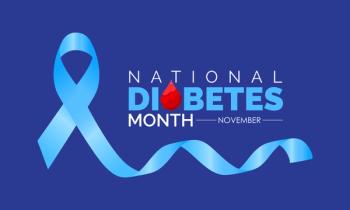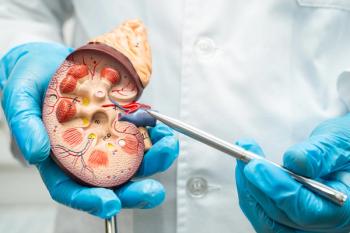
Two Distinct Subtypes of Crohn's Disease Influence Therapy Response
New findings reveal 2 subsets of the disease which may have an effect on how the disease responds to standard therapy.
Crohn’s disease is a painful and sometimes debilitating condition that affects approximately 1 million people in the United States.
But recently in a study published in Gut, researchers identified at least 2 distinct subtypes of the disease, each with its own gene expression and clinical features.
“The one-treatment-fits-all approach doesn’t seem to be working for Crohn’s patients,” said co-senior study author Shehzad Z. Sheikh, MD, PhD. “It’s plausible that this is because only a subset of patients has the type of disease that responds to standard therapy, whereas, for the rest of the patients, we’re really not hitting the right targets.”
The findings may provide physicians with a way to target the disease more effectively, the study authors noted.
For the study, researchers mapped the levels of gene expression in the non-inflamed colon tissue samples of 21 patients with Crohn’s disease. As they examined the gene expression patterns in these patients, they found 2 distinct groupings that dominated.
“Although we saw a difference between the Crohn’s samples and samples from people without Crohn’s, we saw an even greater difference at the molecular level between these 2 subsets of the Crohn’s samples,” said co-senior study author Terry Furey, PhD.
What was most surprising about the findings was how these 2 disease subtypes differed, according to the study.
“Many of the genes that were different between the 2 Crohn’s subtypes are markers that distinguish the colon from the ileum, despite these being colon biopsies,” said co-first study author Jeremy Simon, PhD.
In one subtype, the gene expression pattern mostly resembled normal colon tissue, and the other revealed patterns normally seen in the ileum. In addition to examining the specific gene expression in the tissue samples, researchers also looked at indicators of the epigenetic state of the tissue DNA.
At this point, the distinction between the 2 Crohn’s subtypes was also observed. These findings suggest that the differences in gene expression stemmed from differences in the basic programming of the affected cells.
Since the colon samples were taken from adults with
To address this, researchers looked at a recently published gene expression dataset from 201 children with newly diagnosed, never-treated Crohn’s disease. Although the tissue samples were taken from the ileum, the researchers again observed the same 2 colon-like and ileum-like disease classes.
“This suggests that these molecular programs or baseline genomic signatures of Crohn’s subtypes exist independently of patients’ ages or treatment histories,” Sheikh said.
Most notably, researchers found that these 2 signatures were linked to different patterns of clinical illness. For example, colon-like cases were more likely to have gut inflammation that was visible during colonoscopy, rectal disease, and colectomy.
Researchers have planned a broadened study in order to confirm their findings with a much larger set of patient samples. They have recently received funding for this study from the National Institutes of Health.
In the future, researchers hope to conduct a long-term study where they test patients for their Crohn’s disease subtype when they are first diagnosed, and then will follow them for several years to see if the assigned subtype predicts the disease course.
“We hope one day to be able to test Crohn’s patients for the subtype of the disease they have, and thus determine which treatment should work best,” Sheikh said. “The idea is to find the best therapeutic course for each patient as quickly and efficiently as possible.”
The study authors are hopeful that in the future, their findings can be translated into a diagnostic test on tissue samples from colonoscopies, or maybe even blood samples.
Newsletter
Stay informed on drug updates, treatment guidelines, and pharmacy practice trends—subscribe to Pharmacy Times for weekly clinical insights.


















































































































































































































